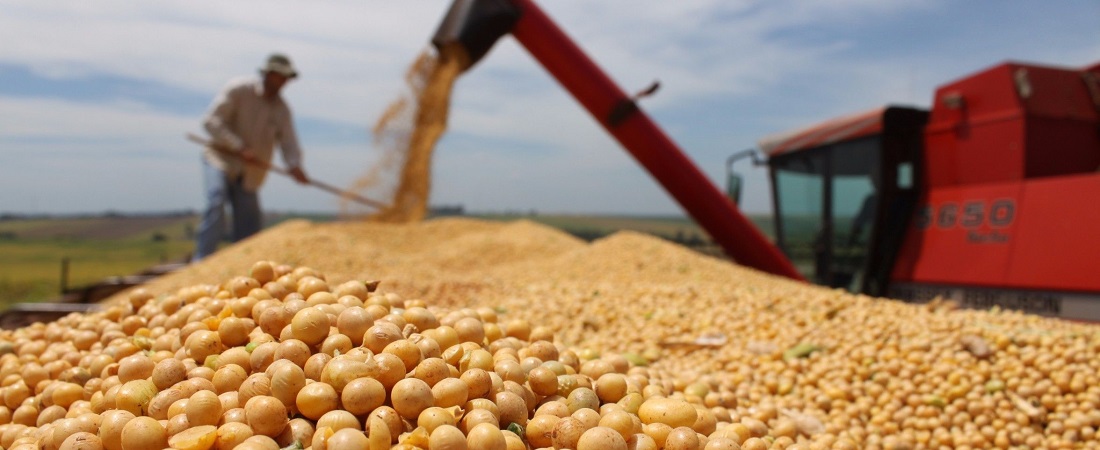
Soy: Mercosur’s 2023/24 Crop to Impact Global Supply and Prices, Warns Céleres
Nov, 07, 2023 Posted by Gabriel MalheirosWeek 202342
According to a report from the Céleres consultancy on prospects for the Mercosur bloc, Mercosur may increase the global soybean supply by approximately 32 million tons in the 2023/24 cycle. The expanded supply could potentially hurt soybean prices in dollars.
The consultancy suggests that price levels in early 2024 will depend on the progress of the South American crop, with the global market closely monitoring the region. Even if Brazil experiences a production shortfall, futures market reference prices may not react significantly, with the dynamics largely dependent on premiums and meaningful fluctuations in the domestic market’s exchange rate at the start of 2024.
The Céleres report notes that the previous 2022/23 season experienced significant productivity losses and reduced planting area in Argentina, supporting high international prices until mid-March 2023. However, the report suggests it’s unlikely to witness a similar situation this season due to the global supply dynamics within the Mercosur region.
Regarding Brazil, Céleres emphasizes that a substantial reduction in the national supply would be necessary to offset the production increases in the rest of the region and significantly impact global prices.
For the 2023/24 cycle, the bloc is expected to have a supply of 245.2 million tons (production and stock), a 14.79% increase compared to the previous crop, which amounted to 213.6 million tons when the bloc represented 53% of the global output. According to the consultancy, the Mercosur region may now account for 58% of the world’s soybean supply.
The bloc is also responsible for approximately 63.1% of global soybean exports. Céleres anticipates that this share will continue to grow, thanks to an average production increase of around 6.3% in Brazil over the past 23 years.
This season, the bloc’s production will reach 232.4 million tons. In 2022/23, Mercosur produced 194.8 million tons. The 2023/24 crop is expected to require 228.7 million tons, whereas in 2022/23, the bloc demanded 204.6 million tons. The planted area is projected to be 69 million hectares, compared to 66.7 million hectares in 2022/23.
Céleres states that current price and margin conditions still support an expansion of planted areas in Brazil, an increase of approximately 1.2 million hectares in 2023/24. Under normal productivity conditions, an additional 8 million hectares could be available next year.
The El Niño climate phenomenon favors rainfall patterns in the southern part of South America. This is expected to lead countries like Argentina, Paraguay, Uruguay, and the south region of Brazil to achieve optimistic yields. In Argentina, however, the expansion of planting area will be more modest, but Céleres asserts that productivity recovery could result in an additional 50 million hectares compared to the previous season, an increase of 26 million hectares.
-
Ports and Terminals
Dec, 17, 2021
0
Port of Salvador receives last shipment of rails for the stretch II of Fiol
-
Other Cargo
Feb, 27, 2024
0
Brazil expands exports of agricultural products in Africa and Asia
-
Grains
Apr, 27, 2022
0
Brazil’s second corn crop threatened by dry April in top grains state
-
Ores
Jan, 08, 2020
0
Atlantic Nickel sells first shipment of Nickel from Santa Rita mine



